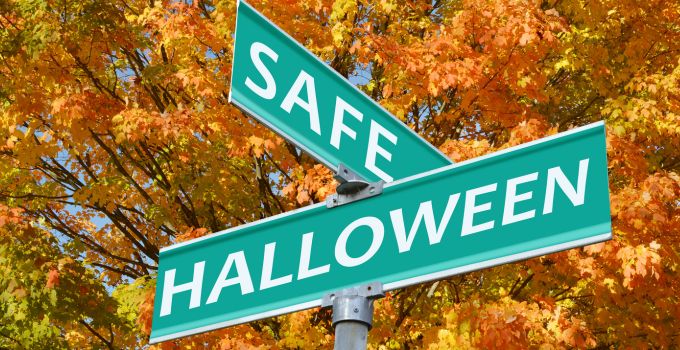Pedestrian Accidents in Louisiana: Understanding Fault, Rights, and Responsibilities
September 5, 2024
Pedestrian accidents are becoming an increasingly serious issue in Louisiana and nationwide. In 2023, the state recorded 146 pedestrian fatalities and 1,206 injuries. These troubling numbers highlight the importance of comprehending pedestrian laws and the challenges involved in establishing fault in these incidents.
Louisiana's Pedestrian Laws: What You Need to Know
Louisiana's pedestrian laws are designed to protect those on foot, but understanding these laws is crucial for both pedestrians and drivers. One key regulation is Louisiana’s RS 32:212, which mandates that drivers must halt and yield to pedestrians at designated crosswalks when traffic signals are absent or non-functional. This law underscores the driver’s duty to be vigilant and cautious, even in scenarios where a pedestrian might not have the right-of-way.
However, pedestrians also have responsibilities. The law specifically warns pedestrians against abruptly stepping into the roadway from a curb if a vehicle is too close to yield safely. This balance of duties reflects the state’s comparative fault system, where both parties’ actions are considered when determining responsibility for an accident.
The Comparative Fault System in Louisiana
Louisiana follows a comparative fault system, meaning that in an accident, both the driver and the pedestrian can share the blame. This system contrasts with others where one party might be held entirely responsible. Under comparative fault, the compensation a pedestrian receives is reduced by their percentage of fault. For example, if a pedestrian is found to be 30% at fault for an accident, their compensation would be reduced by 30%.
Determining fault in these cases involves a detailed examination of the incident. Factors such as whether the driver was speeding, if the pedestrian was jaywalking, or if either party was distracted are all taken into account. This thorough approach ensures that fault—and subsequent compensation—is allocated fairly.
Let ATE Help You Protect Your Rights
Pedestrian accidents are complex, often involving intricate legal considerations around fault and responsibility. Louisiana’s comparative fault system ensures that both drivers and pedestrians are held accountable for their actions, leading to a fairer allocation of compensation. However, navigating these laws requires a clear understanding of your rights and responsibilities. If you or a loved one has been involved in a pedestrian accident, consult with the attorneys at ATE to help you protect your rights and secure the compensation you deserve.
Read More News
Related Blog Posts
.jpg)


.jpg)
